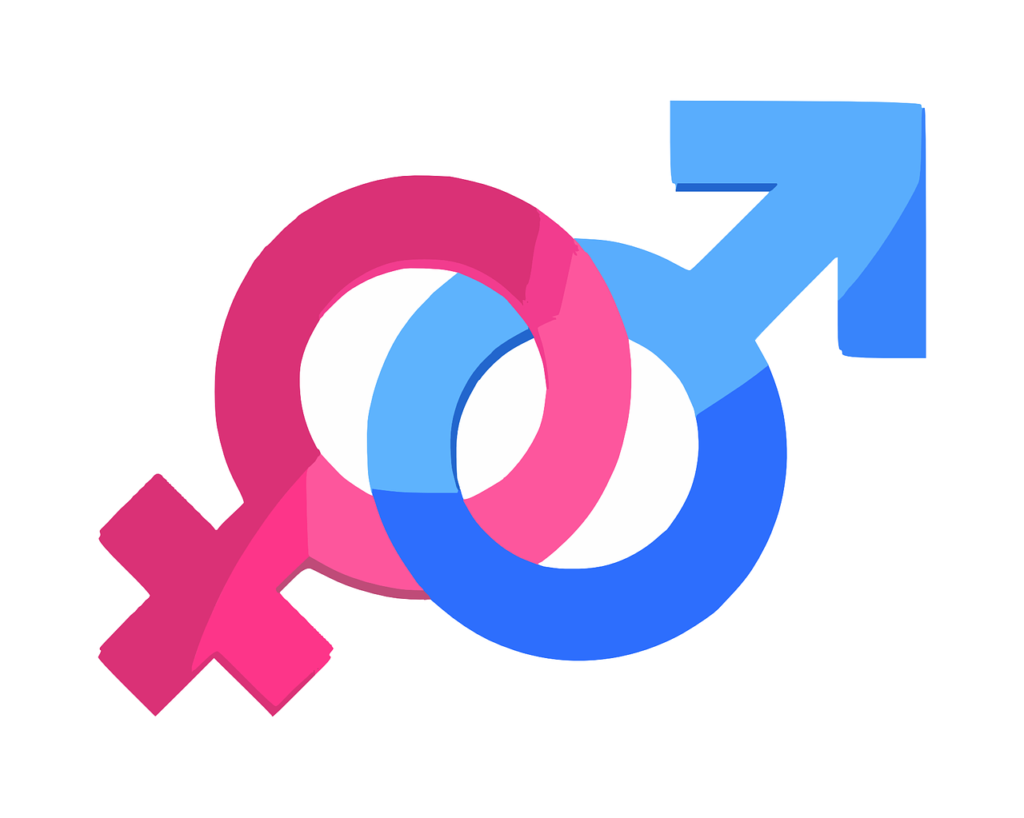CONSUMER NEEDS
The gender shift mega trend is addressing consumers’ needs at individual levels, addressing the desire for fluidity, uniqueness and self-expression as consumers find their sense of self. A key dimension of the mega trend, as shown on the map, is the ungendered lifestyle.

TREND DRIVERS
The main driver of the ungendered lifestyle is identity, as consumers are increasingly challenging rigid, set definitions of who they should be and redefining themselves fluidly. As society becomes more diverse, and individuals feel more comfortable defining who they are, consumers no longer want to stick to the status quo. Consumers, especially young people, want to stand out – with 63% of millennials agreeing they do not want to fit in. The more this happens, the more mainstream it is becoming, increasing the visibility of diversity to others – with 73% of those aged between 18-29 knowing someone in their personal life who feels more comfortable using gender neutral pronouns.
The questioning of gender norms is also in part driven by progressive parents. As parents raise children gender neutrally and no longer emphasise gender when distributing roles and tasks, children grow into adults who do not feel the need to fit into a male/female binary.
CONSUMER EXPECTATIONS
The ungendered lifestyle creates emerging consumer expectations for gender neutrality across industries – but the fashion industry in particular – as fashion is an integral method of expressing identity. 79% of consumers consider their personality to be reflected in the clothes they buy. As a result of these changing expectations, the pressure is on for brands to provide gender neutral choices to serve consumer needs and align with their identity. This is exactly what is happening, as the fashion industry responds to trends and elements are incorporated into companies’ strategies.
INDUSTRY INSPIRATION
The department store Selfridges have been offering gender neutrality for years – since the launch of their Agender collections – with over 40 brands. To further remove traditional signs of gender identity, mannequins were removed, and all clothes were covered in white cases. They were not the only ones, in 2016, fast fashion retailer Zara also released an ungendered line – with an 8-piece range of unisex loungewear in grey, white and navy.
However, there was a clear divide in reception of the two lines. While Selfridges were met with anticipation, with eager customers ready to buy – Zara’s launch was met with controversy as consumers were not happy. The critics believed the offerings were too simple, and Zara had not tried hard enough to truly give gender neutral consumers what they want.
The difference in consumers’ reactions to the two different brands show the importance of properly investing time and effort into understanding mega trends, and the consumers at the root of the trend. Had Zara done more research into the actual needs for the genderless clothing, instead of just assuming, the launch and offerings could have been a great success.
0 Comments